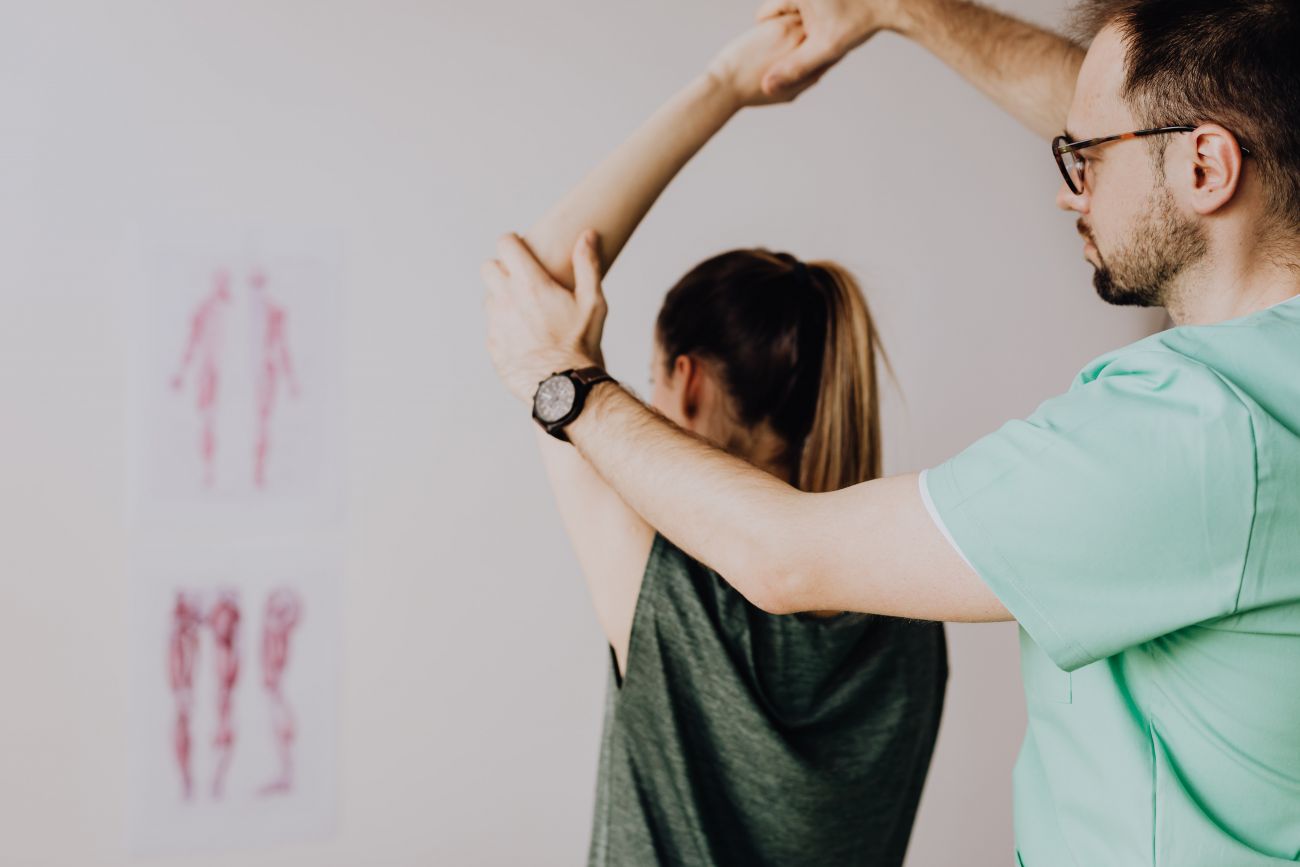Parkerhill Wellness Centre
-:Understanding Osteopathy: A Holistic Approach to Health and Well-being:-

1. Introduction
Osteopathy is a form of manual medicine that is designed to improve overall health and well-being by manipulating and strengthening the musculoskeletal system. Osteopathy is a holistic approach to healthcare that looks at the whole person, rather than just treating specific symptoms or conditions. In this article, we will explore what osteopathy is, how it works, and the benefits of this form of therapy.
2. What is Osteopathy?
Osteopathy is a form of manual medicine that focuses on the musculoskeletal system and its relationship to other systems of the body. Osteopaths use their hands to assess and treat a wide range of conditions, with the goal of improving overall health and well-being.
3. History of Osteopathy
Osteopathy was developed in the late 19th century by Dr. Andrew Taylor Still. Dr. Still was a medical doctor who became disillusioned with the conventional medical practices of his time. He believed that the body had an innate ability to heal itself, and that the role of the physician was to facilitate that healing process.
4. Philosophy of Osteopathy
The philosophy of osteopathy is based on the idea that the body is a self-healing organism, and that the musculoskeletal system plays a crucial role in maintaining health and wellness. Osteopaths believe that by manipulating and strengthening the musculoskeletal system, they can help the body to heal itself and maintain optimal health.
5. How does Osteopathy work?
Osteopathy works by manipulating the musculoskeletal system to improve overall function and mobility. Osteopaths use their hands to assess and treat the body, focusing on areas of tension or restriction. By manipulating these areas, osteopaths can help to improve circulation, reduce inflammation, and promote healing.
6. Techniques Used in Osteopathy
There are a wide range of techniques used in osteopathy, including:
Soft tissue manipulation
Joint mobilization
Muscle energy techniques
Myofascial release
Craniosacral therapy
7. Benefits of Osteopathy
There are many potential benefits to osteopathy, including:
Improved mobility and flexibility
Reduced pain and inflammation
Improved circulation and lymphatic drainage
Improved immune function
Improved posture and alignment
8. Conditions Treated with Osteopathy
Osteopathy can be used to treat a wide range of conditions, including:
Back pain
Neck pain
Headaches
Joint pain
Arthritis
Digestive disorders
Respiratory disorders
Sports injuries
Stress and anxiety
9. Osteopathy vs Chiropractic
Osteopathy and chiropractic are both forms of manual medicine that focus on the musculoskeletal system. While there are some similarities between the two, there are also some key differences. Osteopathy is a more holistic approach to healthcare, while chiropractic focuses more specifically on
the spine and nervous system. Osteopaths use a wider range of techniques, including soft tissue manipulation, while chiropractors focus more on spinal adjustments.
10. Finding an Osteopath
If you are interested in trying osteopathy, it is important to find a qualified and experienced practitioner. You can search for an osteopath through professional organizations such as the American Osteopathic Association or the Osteopathic International Alliance.
11. Safety and Risks
Osteopathy is generally considered to be a safe form of manual medicine. However, as with any form of therapy, there are some potential risks and side effects. These can include soreness, bruising, and temporary worsening of symptoms. It is important to discuss any potential risks or concerns with your osteopath before beginning treatment.
12. Conclusion
Osteopathy is a holistic form of manual medicine that can be used to improve overall health and well-being. By focusing on the musculoskeletal system, osteopaths can help to improve mobility, reduce pain and inflammation, and promote healing. If you are interested in trying osteopathy, be sure to find a qualified and experienced practitioner.
13. FAQs
Is osteopathy the same as chiropractic?
No, osteopathy and chiropractic are two distinct forms of complementary medicine with different approaches and techniques. While both focus on treating the musculoskeletal system, osteopathy places more emphasis on the body's natural ability to heal itself and the relationship between the structure and function of the body.
Can osteopathy be used to treat sports injuries?
Yes, osteopathy can be used to treat a variety of sports injuries, including strains, sprains, and muscle imbalances. Osteopathic treatment can help to reduce pain and inflammation, improve range of motion, and promote healing and recovery.
Is osteopathy covered by insurance?
Many insurance plans do cover osteopathic treatment, but coverage can vary depending on the specific plan and provider. It is recommended to check with your insurance company to determine your coverage for osteopathic treatment.
Are there any risks or side effects associated with osteopathy?
Osteopathy is generally considered to be a safe and non-invasive form of treatment, with minimal risks or side effects. However, as with any medical treatment, there is always a small risk of adverse effects such as soreness, bruising, or temporary worsening of symptoms.
How long does a typical osteopathy session last?
A typical osteopathy session can last anywhere from 30 minutes to an hour, depending on the individual needs and condition of the patient. The initial consultation may be longer to allow for a thorough evaluation and discussion of the patient's medical history and symptoms.
American Osteopathic Association.
https://osteopathic.org
Parkerhill Wellness Centre
3015 Parkerhill Rd,
Mississauga,ON,L6G 0B4
PH:6478477743